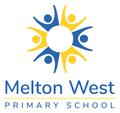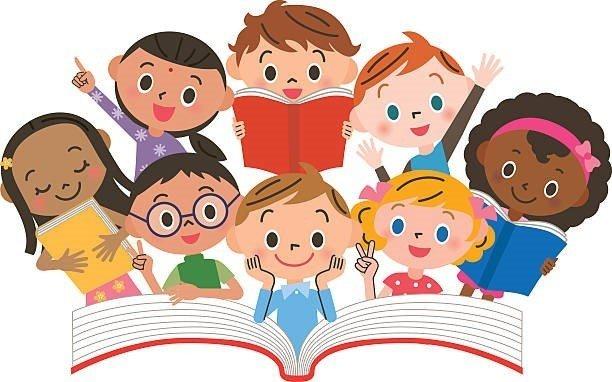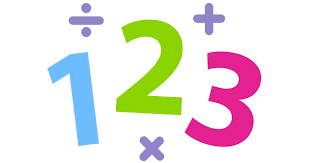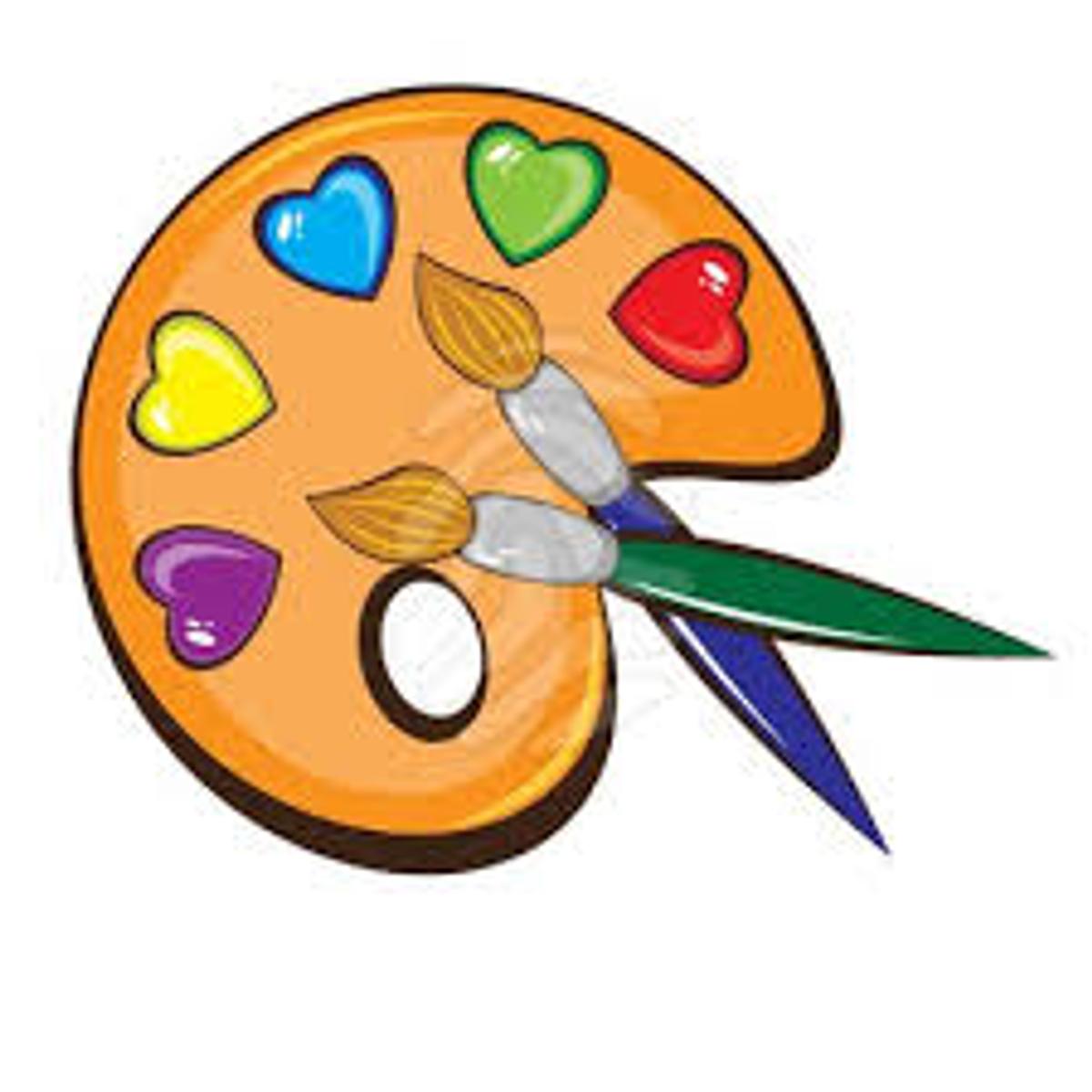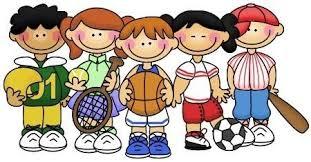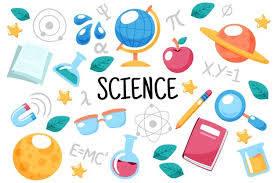Year 1
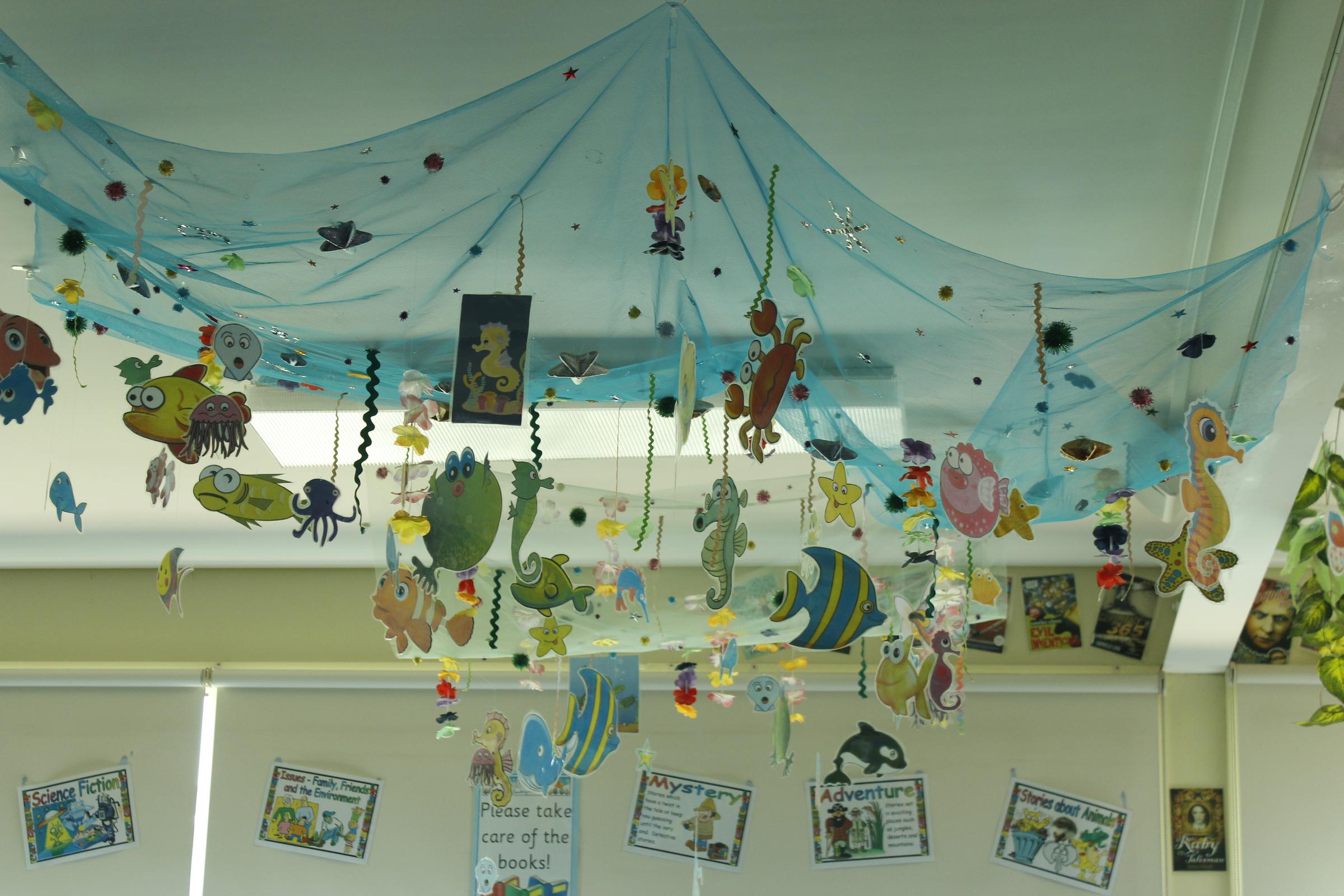
Reading:
During reading this term, students will be learning how good readers ask questions before, during and after reading to help them make meaning from a text. They will revise what a question is and how questions need an answer. Students will learn to recognise questions in a text, such as when we see a question mark we know a character is asking or wondering about something. They will have the opportunity to write or say any questions they have about texts, to strengthen their understanding of the text and help them look for answers in their reading. Students will also be learning about making inferences. This includes inferring how a character may be feeling, such as sad or happy, as well as exposure to character traits which is what a character is like. They will be learning about new vocabulary and strategies they can use to help clarify unfamiliar words in a text. They will also continue to work on making meaningful connections. These connections include text to self-connections, where they connect the story to their own personal experiences, and text to text connections where they connect a text to another text they have read before.
Writing:
Grade 1 students will start Term 3 looking at Persuasive Texts. Students will learn that persuasive texts contain an opinion and reasons. They will also be introduced to the structure of a persuasive text such as title, opinion and reasons. Students will be given multiple opportunities to orally discuss their opinions and give reasons as a class. Students will then be given multiple opportunities to put what was discussed into writing independently. They will make a number of booklets where students will record their opinion about a specific topic and give multiple reasons why they believe that. Towards the end of Term 3, students will spend a few weeks looking at Procedural texts. Students will be shown a variety of procedural texts and given the opportunity to follow a procedural text through. They will learn to understand that procedural texts are texts that give instructions on how to make or do something.
Mathematics:
In Mathematics, students will begin the term with a week on subtraction to learn new strategies to help them take away numbers. This will be a follow up on last term’s learning of addition and subtraction to ensure students are confident in their abilities to add and subtract. Next students will revisit their learning on time, where they will practice telling the time to the hour and look at half past times on analogue clocks. Later in the term students will focus on fractions, multiplication and division, and money. In fractions, students will investigate what fractions are and what they look like, e.g. what a half looks like. In the area of multiplication and division, students will explore the idea of equal groups and sharing through stories and hands-on activities. In money, students will explore the value of different coins and practice making different amounts. Throughout the term, we will continue to revise addition and subtraction as well as counting.
INQUIRY
In inquiry learning this term students will be exploring a unit titled Time Traveller. By the end of this inquiry, students will be able to explain that family histories provide an insight into how daily life has evolved over time. The key questions guiding our inquiry are:
- What is my personal and family history?
- How has family life changed or remained the same over time?
The unit will focus on developing students’ historical skills of continuity and change, cause and effect, and significance in the context of their personal history, school and community. Additionally, as students explore the concept of change and continuity they will investigate ways to look at the past and future reflectively by creating their own personal time line.
Students will continue to strengthen their meta-cognition and thinking skills by using routines such as Connect, Extend, Challenge and Circle of Viewpoints with historical objects and artworks. These thinking routines aim to encourage curiosity and wonder as students engage in the learning experiences.
I am looking forward to an engaging and creative term ahead.
ART
The Year 1s are going to explore shape, form and texture in Art this term. We will work with a range of materials, including cardboard, paint, clay and wool. In addition, we will explore ‘mixed media’, artworks that are created using a combination of different materials. Our creations will involve the use of skills such as tracing, beading, and handmaking paper and pom poms. Spanish painter, Joan Miró, and Pop artist Andy Warhol, will inspire the development of our shape knowledge. Art activities will involve lots of discussion and problem solving, as we discover creative possibilities in making two- and three-dimensional artworks. It has been wonderful to see the students’ confidence in the art room grow thus far, allowing their artistry and inventiveness to shine.
LOTE
Welcome back to another exciting term! In term 3, students in years one and two will learn to say the Chinese words for seasons, weather and 4 different countries. They will use Chinese to describe and write “today’s weather”. Students will use Chinese to ask peers “what is the weather like today?”. They will also learn to write a sentence to describe today’s weather and the current season.
PE
Welcome back to another exciting jam-packed term of Physical Education! Throughout term 3 we will be learning about Australian Rules Football and developing our skills associated with the game such as marking, kicking and handballing the ball effectively. Students will also be undertaking gymnastics classes where we can focus on students’ gross and fine motor skills in order to complete associated task such as balancing, somersaulting and much more. Finally we will finish the term learning how to effectively bounce, pass and shoot the basketball with both sides of our body. Looking forward to a fun and exciting term with our year 1 students.
SCIENCE
Our focus in Science for term 3 is the Physical Science strand where we will be learning that light and sound are produced by a range of sources.
Students will learn about natural and artificial light sources, and will carry out experiments which show that objects need to be illuminated by light in order to be seen. Students will investigate sounds by making predictions on sounds that can be heard inside and outside of the classroom and will explore different ways to produce sound using different objects and body parts.
